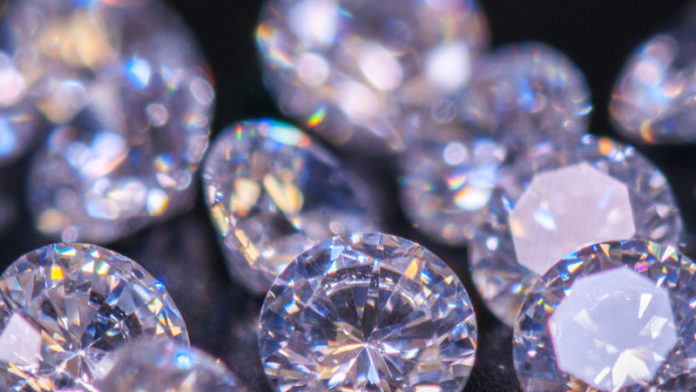
SHARES in Petra Diamonds were currently oversold as investors were assuming the company was heading for a restructuring owing to its inability to generate a sufficiently large enough cash balance, said Goldman Sachs in a report.
The UK-listed diamond producer has a $650m bond fall due in May 2022 but Goldman Sachs analysts said the company was generating cash even at current diamond prices. The world diamond market was in a slump but might recover on seasonal demand.
Assuming a modest 5% improvement in the average diamond price, Petra would generate cash on hand of $200m. Although this was not sufficient to refinance the bond, the cash was evidence the firm was free cash flow generative. This would allow it to refinance the bond at a coupon rate similar to the existing 7.5% rate.
Companies facing debt financings in similar market circumstances – such as First Quantum Minerals and Fortescue Metals – had managed to chart a way forward, the bank said. On current diamond prices Petra will have a $177m cash balance at end of its 2021 financial year, up from the $85m reported for the 2019 results.
“If the bond were successfully refinanced we would expect the equity to trade higher,” said Goldman Sachs. Shares in Petra are about 85% lower on a 12 month basis. The firm is trading just over 2% higher in London today.
Petra said in September it had targeted cash flow generation over three years of $150m to $200m through a ‘self-help’ efficiency improvement strategy. It had also refinanced a black economic empowerment scheme that would ease pressure on its balance sheet.
This was after recording a $258.1m net loss for the year ended June 30, most of it due to a $246.6m non-cash impairment.
Goldman Sachs said the diamond market was at historically low levels.
“Diamonds are a cyclical commodity and prices today are on average 35% below the average of 2014-17 levels and for Petra the lowest since 2009,” it said. This was down to the fact consumers stop buying luxury items, diamonds included, during periods of economic uncertainty or hardship, such as currently seen in the US/China trade wars and the cut and thrust of Brexit, suffice to mention other geopolitical stressors.
Market catalysts identified by Goldman Sachs, however, were an anticipated increase in Chinese consumer spending power on the back of currency strengthening; easing of political uncertainty in Hong Kong; a stabilisation in the gold price which has attracted investors at the expense of the diamond market; and a reduction in supply with the closure of Rio Tinto’s Argyle mine.
De Beers, which has cut back supply of new diamonds and allowed manufacturers flexibility in their sight-related buying patterns, also expected demand to revive somewhat with the onset of the seasonally active Thanksgiving, Christmas and New Year period.










